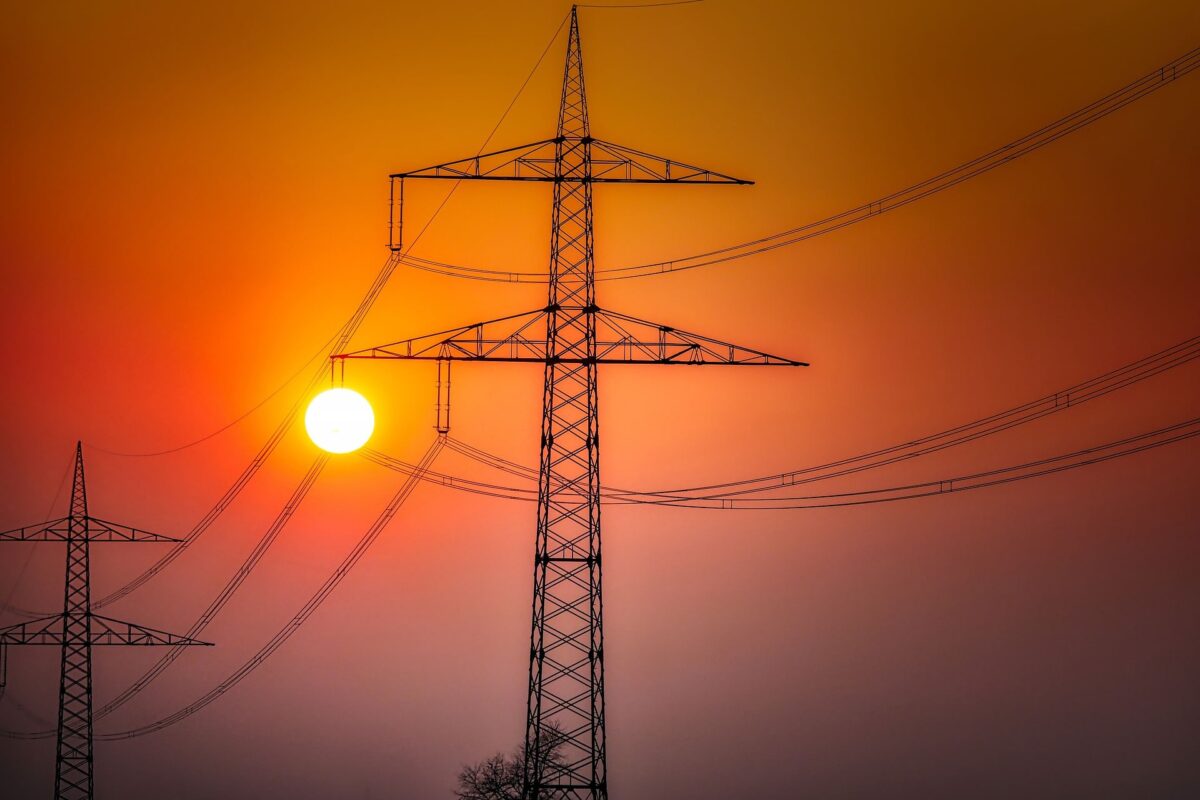Three solar-plus-storage microgrids will “transform” a 142 mile-long distribution circuit that serves three tribes in eastern Humboldt County, California from “one of the state’s least reliable” circuits into a “highly resilient” system, says the Schatz Energy Research Center at Cal Poly Humboldt University.
The Schatz Center, which is leading the microgrid system design, says the microgrids will have a total of 9 MW of solar and 14 MW / 37 MWh of storage. The rural location will also enable 2 MW of small-scale, fish-safe hydropower and 1 MW of small-scale generation powered by forest residues.
A microgrid will serve each of the three tribes served by the “Hoopa 1101” distribution circuit—the Hoopa Valley, Yoruk and Karuk Tribes. The microgrids are expected to reduce outage hours in the area served by 90%. The cost will be about half the cost of improving reliability by undergrounding power lines, the Schatz Center said.
Chairman Russell Attebery of the Karuk Tribe said the project will “provide the safeguards needed to survive along the river. Our people will no longer fear losing their food or vital medical resources, like vaccines, as we have in the past.”
Each microgrid will be located “in front of the meter” and thus will be capable of powering a portion of the distribution circuit during local outages. The microgrids will be “nested,” enabling them to function either jointly or independently, as immediate circumstances along the power line require.
The project, known as the Tribal Energy Resilience and Sovereignty (TERAS) project, will advance sovereignty through tribal construction, ownership and operation of the advanced microgrid systems, and will include career development and education components.
The design has wide applicability, suggested Schatz Center Director Arne Jacobson, saying the center is “excited to radically expand the capacity of microgrids to provide energy reliability in high-risk locations.”
The Schatz Center previously designed California’s first front-of-the-meter, 100% renewable energy microgrid at the Redwood Coast Airport, and the first iteration of the Blue Lake Rancheria Tribe’s microgrid in Humboldt County. The center is now designing an expansion of that microgrid into four nested, behind-the-meter microgrids, which will provide a demonstration site for the controls system that will subsequently be deployed along the Hoopa 1101 circuit.
The $177 million TERAS project is being supported with a federal cost share of $88 million, awarded in the latest round of grants under the U.S. Department of Energy’s Grid Resilience and Innovation Partnerships (GRIP) program. In making the award, DOE said the project will “develop a replicable public-private partnership model for equitable and community-driven grid modernization.”
DOE says the GRIP program is designed to “enhance grid flexibility and improve the resilience of the power system against growing threats of extreme weather and climate change.”
The Schatz Center is also developing a campus-wide microgrid at Cal Poly Humboldt.
This content is protected by copyright and may not be reused. If you want to cooperate with us and would like to reuse some of our content, please contact: editors@pv-magazine.com.








By submitting this form you agree to pv magazine using your data for the purposes of publishing your comment.
Your personal data will only be disclosed or otherwise transmitted to third parties for the purposes of spam filtering or if this is necessary for technical maintenance of the website. Any other transfer to third parties will not take place unless this is justified on the basis of applicable data protection regulations or if pv magazine is legally obliged to do so.
You may revoke this consent at any time with effect for the future, in which case your personal data will be deleted immediately. Otherwise, your data will be deleted if pv magazine has processed your request or the purpose of data storage is fulfilled.
Further information on data privacy can be found in our Data Protection Policy.